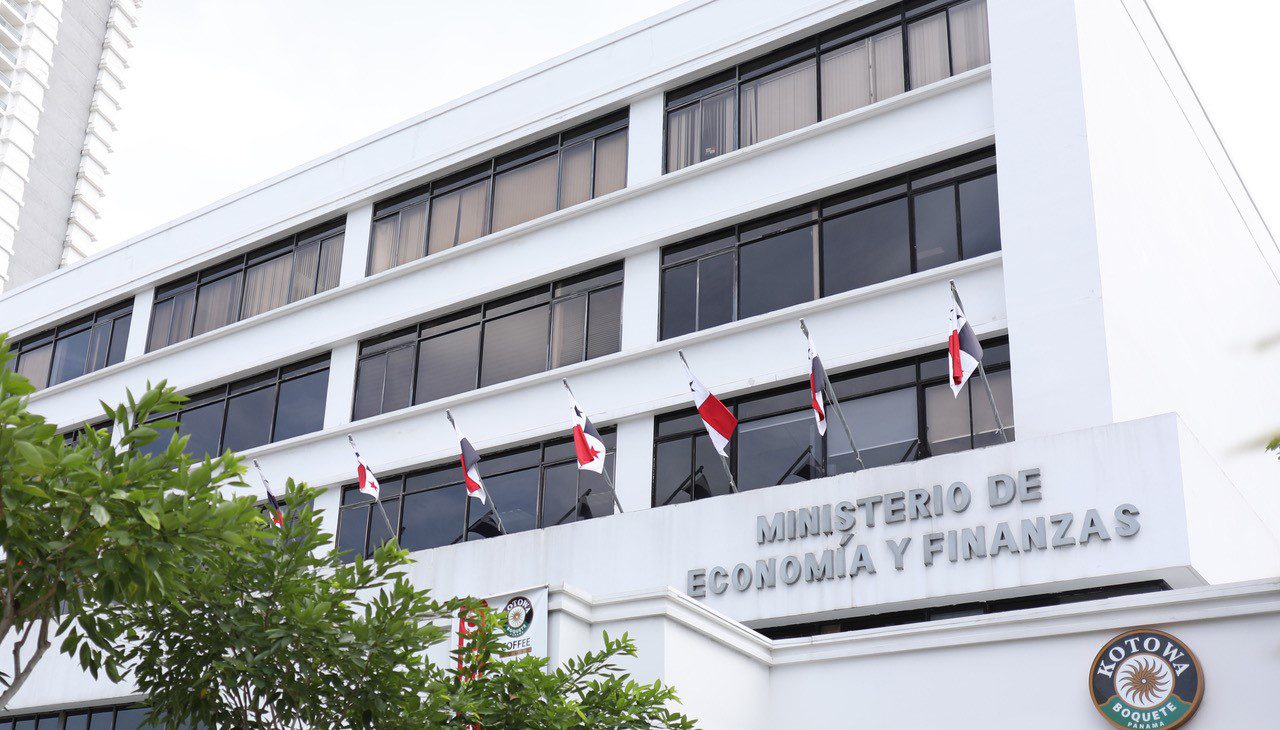
Panama’s banking sector continues to show resilience, with local banks posting stable results in April 2025. However, international banks operating in the country experienced notable setbacks, highlighting a divergence that could influence investor confidence and financial strategies moving forward.
A Split in Performance: Local vs. International Banks
According to recent financial data from Panama’s Superintendency of Banks, domestic banks collectively maintained solid financial positions, recording a net profit of $161 million in April. This marks a healthy increase of 4.2% compared to the same period last year, reflecting continued economic momentum and strong performance from Panamanian institutions.
In contrast, international banks reported a combined loss of $40 million, driven largely by increased provisions and reduced financial margins. These losses—especially within banks operating under an International Banking License (IBL) – signal tighter margins and global pressures that are filtering into Panama’s financial system.
Why This Matters
While local banks remain anchored by domestic growth and a recovering loan portfolio, international banks often mirror global economic uncertainties, including rising interest rates and geopolitical instability. The difference in outcomes also reflects contrasting business models: Panamanian banks are focused more on retail and domestic lending, while international banks manage external funds and cross-border transactions, making them more vulnerable to international shocks.
For investors and real estate buyers in Panama, this split is a valuable reminder to monitor not only local trends but also the broader international financial landscape, especially when considering financing options through foreign institutions.
Impact on Real Estate and Financing Opportunities
For buyers looking at real estate in Panama – whether for investment, retirement, or relocation -the continued strength of local banks offers a promising backdrop. Mortgage and loan accessibility from domestic institutions remains relatively stable, which is particularly relevant for expats exploring financing solutions for properties in regions like Boquete or Coronado, two of the country’s most popular expat destinations.
These areas continue to attract buyers seeking scenic beauty and quality infrastructure. With Panama’s local banks in good shape, there is more confidence that lending rates will remain predictable and that homebuyers can count on a functional, trustworthy banking system when planning their purchases.
Real Estate Outlook: No Immediate Red Flags
Despite the struggles faced by international banks, there is currently no signal of systemic risk to Panama’s broader financial system. Property markets remain active, particularly in regions backed by solid infrastructure and strong tourism appeal.
If anything, the current scenario reinforces the importance of choosing stable financing partners. Buyers should consider prioritizing domestic lenders when exploring home loans or property-backed financing in Panama.
Looking Ahead
The divergence in bank performance is likely to persist throughout 2025, especially as international financial institutions adjust to global uncertainties. However, Panama’s banking regulator continues to enforce strict oversight, ensuring the overall system remains stable.
As always, Casa Solution recommends that real estate clients review their financing plans carefully and consult with trusted financial advisors to make informed decisions based on current market conditions.
Ready to Invest in Panama?
At Casa Solution, we assist buyers and investors every step of the way – from identifying top-value properties to navigating financing and legal processes. Whether you’re looking for a home in Boquete, a beachfront retreat in Coronado, or exploring financing options, our experienced team is here to help.



